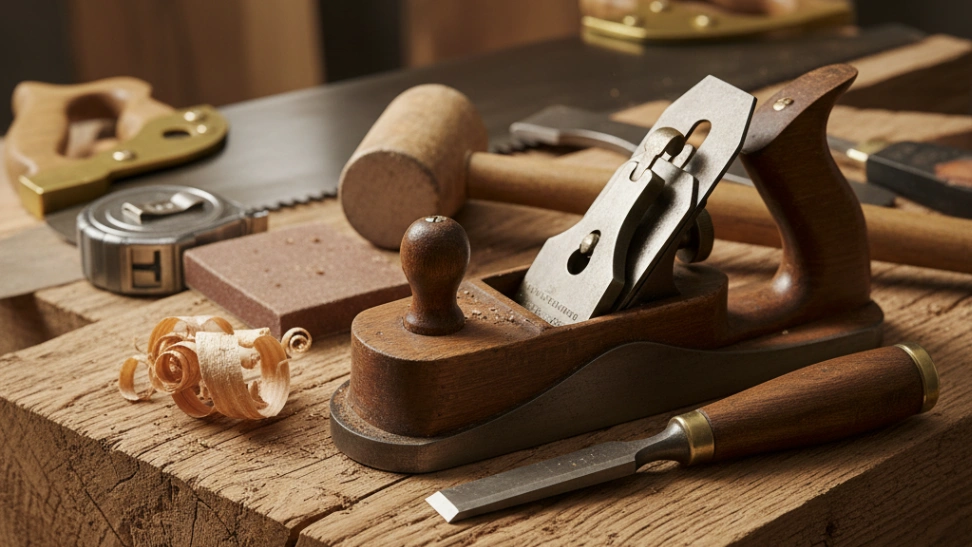Is This Hobby For You?
Ideal for patient individuals who enjoy working with their hands, designing, and creating lasting, tangible objects from natural materials.
Why You'll Love It
- Produces beautiful, functional pieces for your home or as gifts.
- Offers a profound sense of accomplishment and creative satisfaction.
- Develops a wide range of practical and cognitive skills.
Good to Know Before You Start
- Requires significant upfront investment in tools and space.
- Involves dust, noise, and potential for serious injury if safety isn't paramount.
- Can be a slow and meticulous process, demanding patience.
Hobby Traits
How the community rates this hobby.
Getting Started: The Essentials
The basic requirements to begin your journey with Woodworking.
Startup Cost
$2000
Community-voted average
Ongoing Cost
Medium
Monthly upkeep estimate
Essential Gear
Hand Saw
For basic cuts, crosscutting, and ripping along the grain for various projects.
Chisels
Essential for shaping joints, paring, and fine detail work that saws cannot achieve.
Hand Plane
Used for smoothing surfaces, truing edges, and precise dimensioning of wood pieces.
Clamps
Crucial for holding pieces securely during gluing, assembly, and drying to ensure strong joints.
Safety Glasses & Hearing Protection
Non-negotiable personal protective equipment to safeguard eyes from debris and ears from noise.
Measuring Tape & Square
Fundamental tools for accurate marking, layout, and ensuring all cuts and angles are precise.
Learning Curve
Overall Difficulty: Easy
Associated Skills
Skills you can expect to develop while pursuing this hobby.
A Closer Look at the Traits
Very Practical
Results in a tangible skill or useful item, focusing on practical outcomes.
Active
Keeps you active and on your feet, but isn't a full-blown workout.
Purely Indoors
Best enjoyed in the comfort of your own home or a dedicated indoor space.
Moderately Physical
Involves movement and coordination, but isn't a strenuous workout.
Purely Creative
A highly creative and expressive outlet for your imagination and artistic side.
Mostly Solo
Primarily a solitary activity, but with communities available to share your results.
Frequently Asked Questions
Hobby Traits
How the community rates this hobby.



